The PTO’s Pivotal Moment
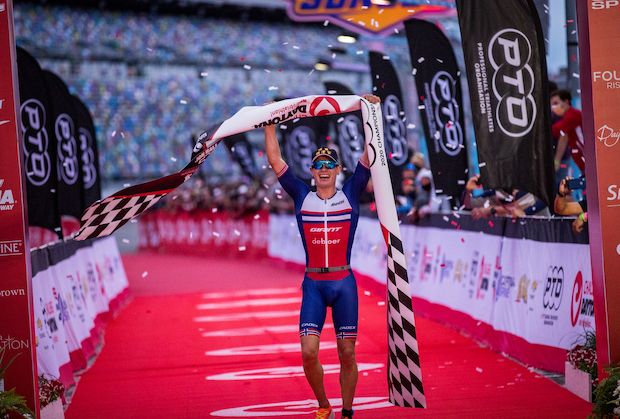
Triathlon, in general, is at a bit of a crossroads as we sit here in 2022. As evidenced in numerous threads on our Reader Forum, races are not selling out. Disposable income is down given inflationary pressures, which will likely further depress numbers through the rest of 2022. Race pricing is increasing due to costs for everything from timing to services to food and gear. There have been numerous layoffs across our industry, including sizable ones at Zwift and Outside, respectively.
But we have also seen record numbers of bikes sold, even as we emerge from the pandemic. Bike shops are weeks out on service requests. Many manufacturers are sold out of frames, whereas others await components to build more of their bikes for sale. We also had, by all accounts, an epic return to World Championships racing in St. George. And the calendar is full of other top-tier events for both age-groupers and professionals alike.
It’s almost always been a marriage between age-group and professional racing in triathlon. Part of the draw for many athletes has been to be able to test yourself on the same course as the world best on the same day. There are scant few other opportunities to ever be able to do that in other sports outside of a pro-am. But even then, that’s not really a comparable experience – there’s nothing really on the line for those events. There’s no stakes.
That’s in part what has made the Professional Triathletes Organisation (PTO) such an anomaly in triathlon to this point. From its inception in 2015 as a “union” through to the start of the year, the PTO has been laser focused on the needs of the long-course professional triathlete. And, despite some missteps along the way, they have been successful in elevating long-course professional triathlon. We’ve seen the abolishment of the much-loathed Kona Points Ranking system that penalized women who became pregnant. The Collins Cup, once finally realized, introduced a new format of racing and a very strong broadcasting team. Their website is a massive resource when researching athletes (and, as an editorial note, one I use heavily before writing race coverage for Slowtwitch). It’s never been easier to be a fan of long-course professional racing.
But that laser-like focus on professional racing came at a cost when it comes to the forthcoming PTO Tour events. As the PTO pivots away from solely being a champion of the professional athlete to a fully-fledged event production outfit, there’s tension. For instance, let’s look back at the financial components above. Who will bear the brunt of the experience if registrations are not where they belong? Is it the age-group athlete experience that will diminish? Will the professional prize purses be reduced or sacrificed in the name of profitability? And who on the board can speak to age-group athlete experience?
To speak for a moment about how the sausage gets made – the PTO has two separate boards. There’s the Business Board – that’s where, for instance, CEO Sam Renouf sits. And then there’s the Athlete Board. The Athlete Board advises on the interests of their membership, which up until earlier this week, solely consisted of professional athletes. Current board members are Tim O’Donnell, Dylan McNiece, Alistair Brownlee, Paula Findlay, Matt Hanson, Skye Moench, and Laura Siddall. All of these board members, to be clear, are qualified for the PTO’s original mission statement regarding enhancing the professional experience.
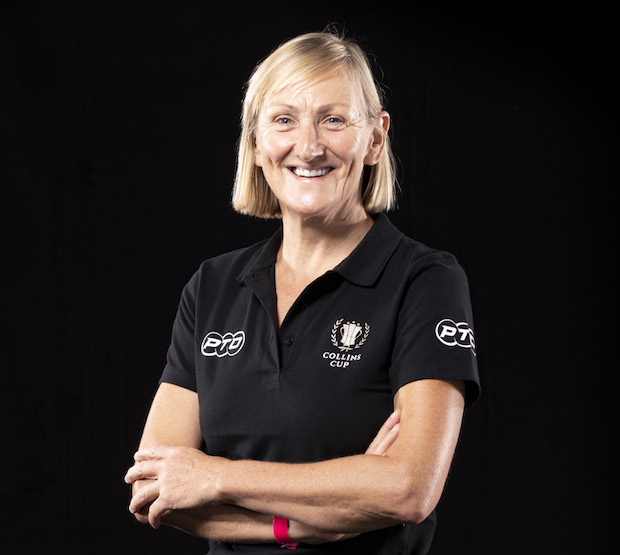
As of earlier this week, though, the PTO has begun to integrate age-group athletes into the Athlete Board, naming Jane Hansom as an advisor to the board. Hansom, previously the Communications Director of the PTO, has also been a long-time competitive age-group triathlete. Results include age-group victories at Challenge Roth and the IRONMAN World Championships. In terms of professional experience, she was a founder at Sponge Marketing, responsible for campaigns for a who’s who of triathlon-related brands: Cervelo, Huub, Brooks, and Challenge Family. It’s a wealth of experience to bring to the Athlete Board.
In my opinion, it can’t come at a more critical time for the PTO. There are still significant questions about the age-group athlete experience at PTO Tour events (ones we hope to answer with some forthcoming content, but remain nonetheless). If these events will be successful long-term, it will require voices like Hansom to put forth the needs of the everyman on par with those of the professional athlete. But given the track record of the PTO pushing the needle forward with the professional athlete, if they can translate those needs into events, the PTO Tour will be a compelling racing option for years to come.
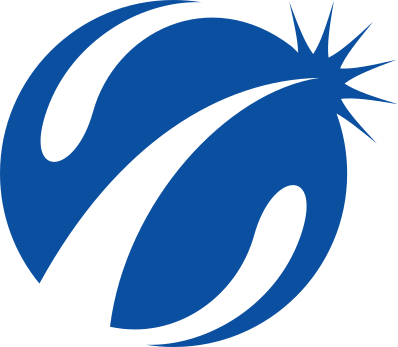

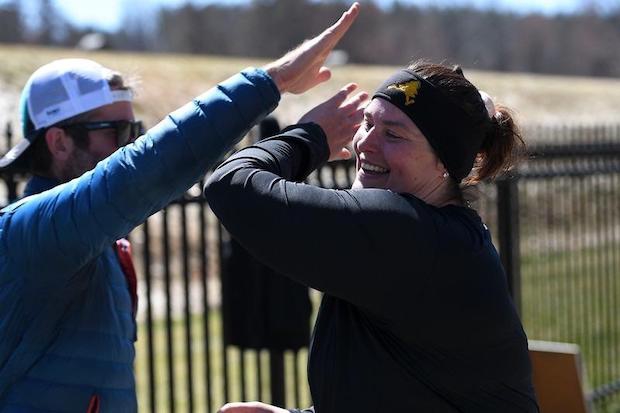

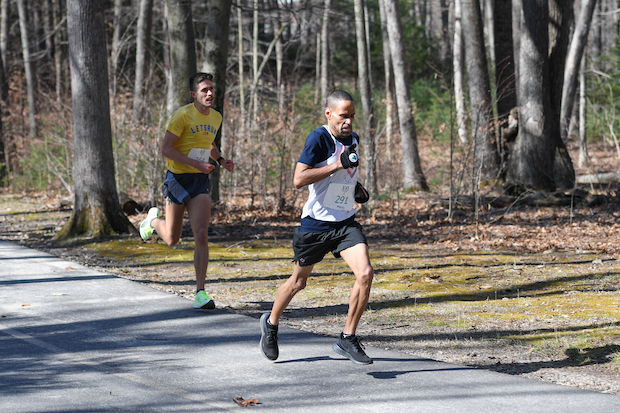
Start the discussion at slowtwitch.northend.network